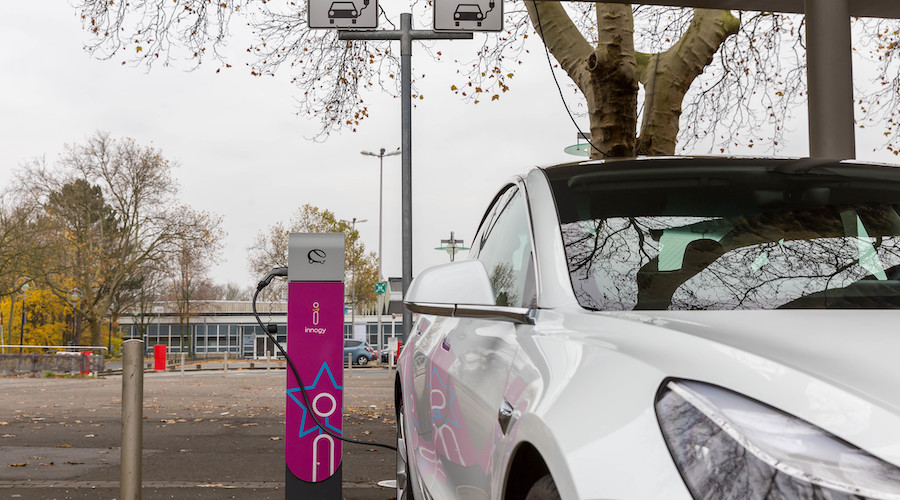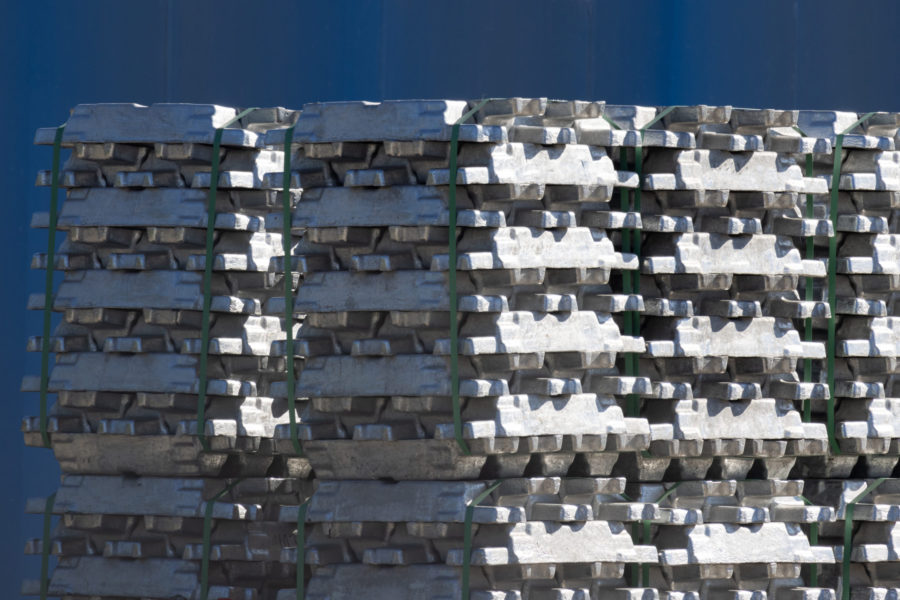Scientists develop high-density, all-3D printed Li-metal battery

Researchers at the Chinese Academy of Sciences have developed all-3D printed lithium metal batteries (LMBs) with robust cycle stability and ultrahigh areal energy density.
In a study published in the journal Energy Storage Materials, the scientists explain that the new LMBs take a porous and conductive Ti3C2Tx MXene skeleton for dendrite-free and a stable Li metal anode and multi-dimensionally conductive LiFePO4 (LFP) lattice as an ultra-thick cathode.
LMBs are considered high-energy-density systems beyond current state-of-the-art lithium-ion batteries. Nevertheless, the uncontrollable dendrite growth and huge volume change of Li-metal anodes create poor cycle life.
Yet, in the recent paper, the researchers report better results thanks to their all-3D printing approach.
As the new devices are comprised of a dendrite-free Li-metal anode with porous MXene lattices, they are able to regulate local current distribution, which homogenizes lithium nucleation. Their 3D conductive porous LFP framework cathode, on the other hand, achieves fast ion/electron transfer channels.
Due to the abundance of Li nucleation sites and large pore volume in the MXene lattices, the 3D-printed MXene scaffolds prevent the infinite volume change and dendritic formation of Li anodes.
Moreover, by pairing ultra-thick LFP cathodes lattices with high-efficiency electron and ion networks, the all-3D printed LFP||MXene@Li batteries deliver unprecedented areal capacity (25.3 mAh/cm2) and energy density (81.6 mWh/cm2) under an ultrahigh mass loading of 171 mg/cm2, exceeding all reported 3D printed batteries so far.
More News
{{ commodity.name }}
{{ post.title }}
{{ post.date }}



Comments